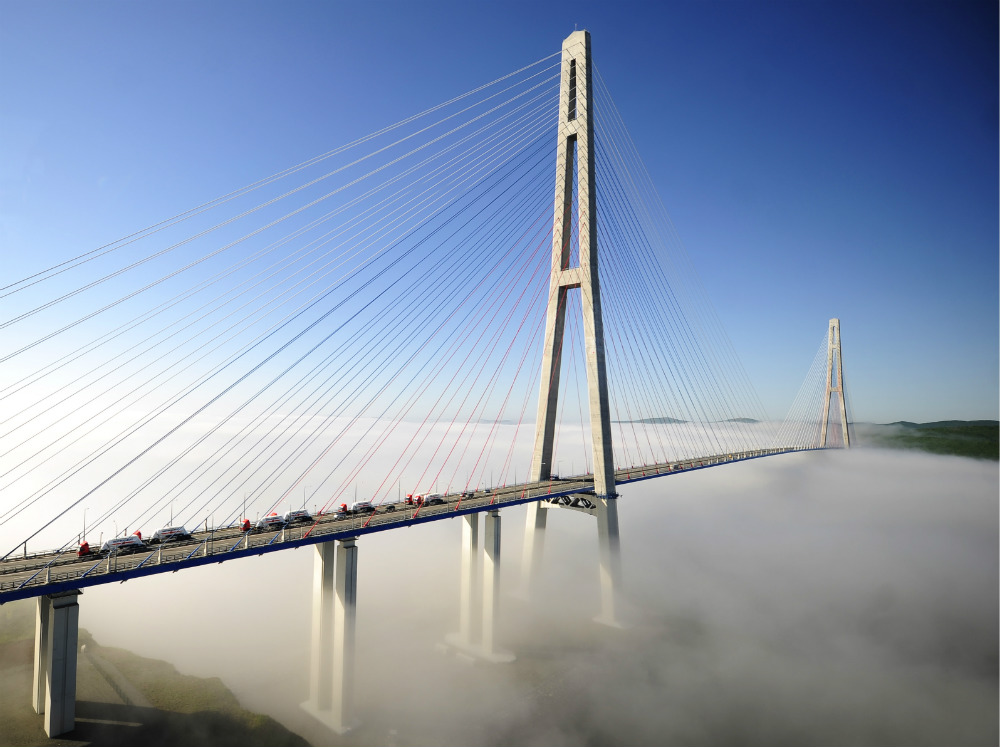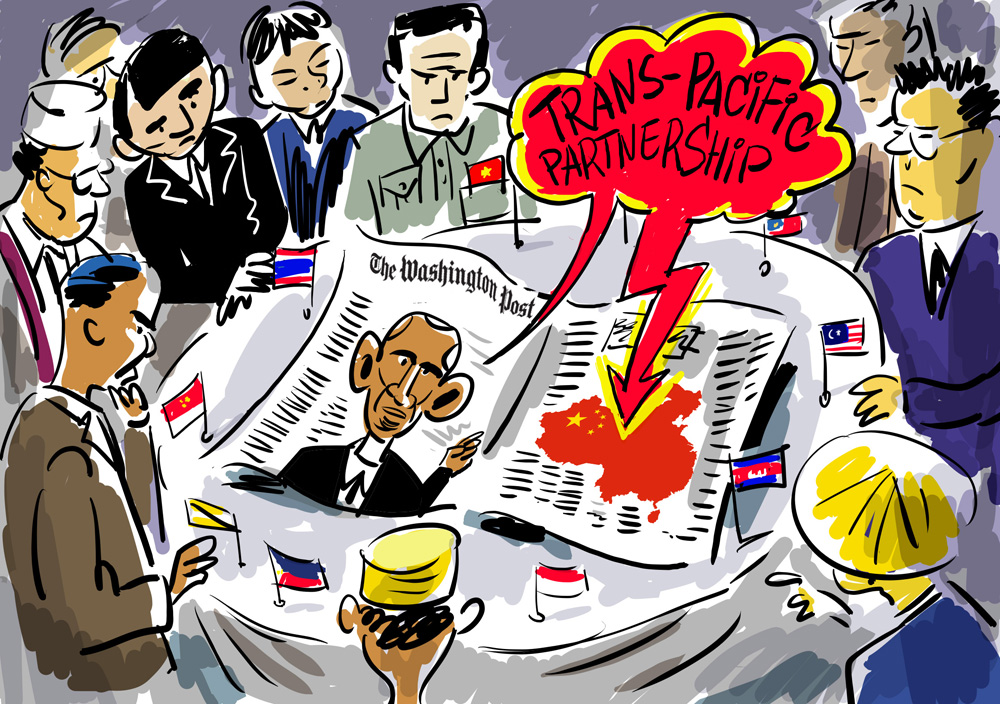Russian Far East witnesses an investment boom - officials

The growth of investment in the Far East was also confirmed by the state-owned statistical agency Rosstat and the Central Bank of Russia.
TASSDeputy Prime Minister Yury Trutnev and Far East Development Minister Alexander Galushka have told Vladimir Putin that the introduction of new mechanisms to support investment projects in the Far East is paying rich dividends. According to the officials, 80 billion rubles ($1.2 billion) worth of investment in the region by the government in 2016 has led to 950 billion rubles ($14.34 billion) coming in via private investments.
The growth of investment in the Far East was also confirmed by the state-owned statistical agency Rosstat and the Central Bank of Russia, but experts say that money coming through offshore companies may comprise of funds of Russian companies.Alexander Galushka's May 4 report to the president was devoted to an investment boom in the Far East. According to him, the volume of investments in 2016, attracted solely through the new support mechanisms, already exceeded 1 trillion rubles, of which 950 billion rubles is private investment, with 80 billion rubles being public funds.
“For each budget ruble we attract 12 private rubles,” Galushka said in his report. By the end of the year, the volume of investments may exceed 2 trillion rubles, he added. This would ensure the creation of 200 new businesses and 55,000 jobs in the Far East by 2023. A total of 16 enterprises will be set up this year, 41 in 2017 and as many as 70 in 2018, Galushka said.
“For each budget ruble we attract 12 private rubles,” Galushka said in his report.There are several government-sponsored preferential arrangements in the Russian Far East, such as Territories of Accelerated Development (TAD) and the free port of Vladivostok
Galushka said the bill to extend the free port regime to Khabarovsk and cities in Sakhalin, Kamchatka and Chukotka was being finalized. He added that the draft law on income tax and mineral extraction tax relief for 10 years passed its third reading in the State Duma. It will apply to investors who invested at least 50 million rubles in the Far East over a three-year period.
Boom began in 2014
According to the Central Bank, the local investment boom began in 2014, when the annual balance of investments in the Far Eastern Federal District amounted to 3.9 trillion rubles. (In 2011, 2012 and 2013, it was 0.95 trillion, 0.56 trillion and 1.4 trillion, respectively). Central Bank data reveals a balance of investment of 4.2 trillion rubles in the Far Eastern Federal District in the first three quarters of 2015.
However, according to Rosstat, budgetary investments in the Far East normally accounted for about a quarter of all capital investments. The agency's estimates of the investment in 2014 are four times lower than those of the Central Bank (820 billion rubles).Rosstat’s Russian Far East figures do not include foreign investments – even if they are funding this boom.
Most of the foreign investments come to the Far East from offshore companies (from Cyprus, the British Virgin Islands, the Bahamas and Bermuda) and these funds could originate from Russian companies.
This was confirmed to Kommersant by Ivan Zuyenko, a senior lecturer at the Far Eastern Federal University. Almost all investments in the Far East are Russian, he says. Foreign investments to the Russian Far East have mainly gone to oil and gas projects in Sakhalin.
“It turns out that the statements of the investment attractiveness of the Far East for our neighbors in the Asia-Pacific region do not conform to reality,” says Zuyenko. “For example, China accounts for only a tiny percentage of the total volume of foreign investments.”
The special attention paid by the authorities to the Far East is caused, in particular, by the need to reduce the population exodus from the area. The inflow of funds and jobs did not stop emigration, but may have played a part in slowing it down from 80 people per 10,000 in 2005 to 40 per 10,000 in 2014, according to Rosstat. Emigration from the region was lower only in 2011 and 2012.
At the same time, the statistical agency recorded an increase in the share of foreign migrants that the Russian Far East receives (from 3.3 percent of all arrivals in Russia in 2005 to 12.8 percent in 2014). This process primarily affects Kamchatka (every third migrant is a foreigner), as well as Primorye (one in six), Khabarovsk Territory and the Amur Region (one in seven).
This is an abridged version of an article first published in Russian by Kommersant. Written by Yevgeniya Kryuchkova, Oleg Sapozhnikov, Tatyana Yedovina.
All rights reserved by Rossiyskaya Gazeta.
Subscribe
to our newsletter!
Get the week's best stories straight to your inbox

